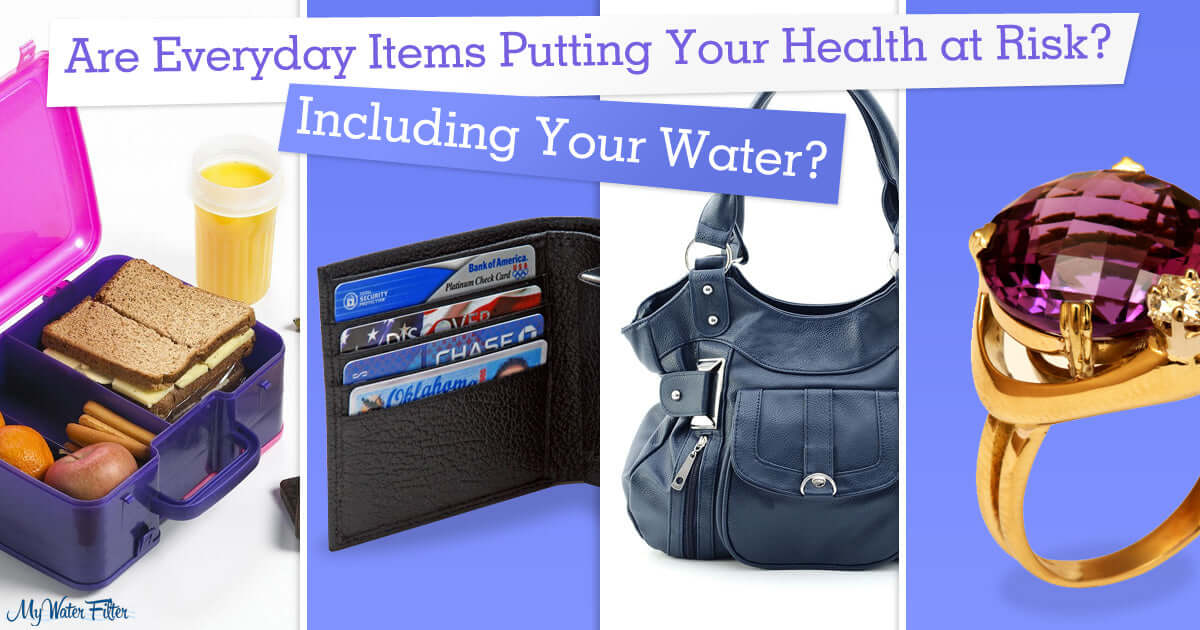Did you know every day we handle things with Lead content such as children's lunch boxes, wallets, handbags and even jewellery?
Even if manufacturers claim low Lead level in their products, the truth is, lead is toxic. At any level, the human body cannot tolerate Lead and prolonged exposures may cause illnesses especially in pregnant women and children.Lead, also known as Pb in the table of elements, is one of the most abundant heavy metals on earth.
According to the United States EPA, Lead exposure happens through ingestion or inhalation.- Inhalation of Lead occurs through air containing particles of soil and dust
- Ingestion of Lead occurs through contaminated water. This leads to a presumption that Lead may be present in your drinking water and you may not even know it.
How Can Lead Get Into My Drinking Water?
In Australia, water is collected and stored in dams that pass through a rigid filtration and disinfection system. Purified water is distributed in different households through pipes under the streets- this is where contamination happens. According to the Australian Department of Health, Lead occurs naturally in water because of household plumbing systems. However, long term exposure may lead to illnesses.Effects of Lead Exposure
The Australian Drinking Water Guidelines issued limits on the amount of Lead that should be present in your drinking water. Having worked together with the National Health and Medical Research Council, Lead in your drinking water can only reach as high as 10 micrograms per litre. This limit minimizes health risks among pregnant women, children and infants. However, studies suggest that long-term exposure, even in low levels, may cause poor school performance in children as this affects behavioural and cognitive stages of development. Symptoms of Lead poisoning in both children and adults are,- Headache,
- Abdominal pain
- Weakness
- Tingling of extremities
How To Ensure Lead Levels in My Drinking Water is safe?
Even with guidelines set for limiting Lead in drinking water, we still have no control over it. To ensure that safe and healthy drinking water comes out of your tap, water filters will help a lot. The filtration technology eliminates harmful chemicals that may be present in your drinking water. While you cannot control water coming out of your tap, you can change how it will serve your family.









